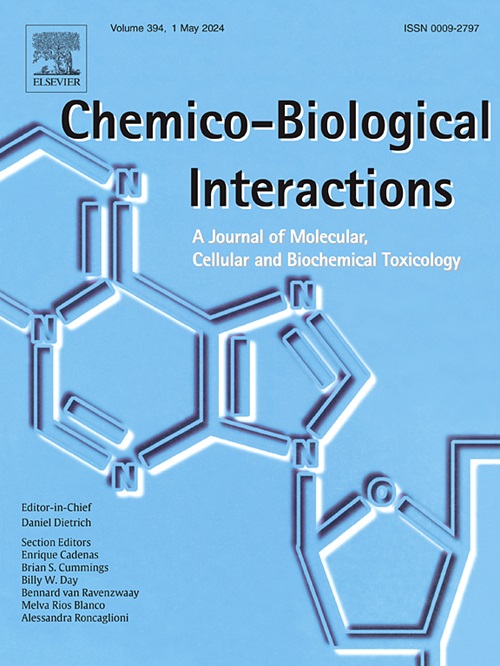NLRs in tumor chemotherapy resistance: A double-edged sword
IF 4.7
2区 医学
Q1 BIOCHEMISTRY & MOLECULAR BIOLOGY
引用次数: 0
Abstract
Nucleotide-binding oligomerization domain (NOD)-like receptors (NLRs) are a numerous family of cytoplasmic proteins. Members of this family not only function as innate immune sensors, but also serve as transcriptional regulators of major histocompatibility complex class II (MHC II) and major histocompatibility complex class I (MHC I) genes to activate adaptive immunity. Furthermore, NLRs are involved in mediating various signaling pathways, including the inflammasome. To date, extensive research has been conducted on the contradictory roles and mechanisms of NLRs in the occurrence, development, invasion, and metastasis of tumors within the tumor microenvironment (TME). The double-edged sword effect (either positive or negative role) of NLRs in the treatment of malignant tumors has attracted increasing attention in recent years, making these a promising bidirectional therapeutic target for such tumors. Rational utilization of the double-edged sword nature of NLRs can provide a feasible solution for improving the efficacy of malignant tumor treatment and overcoming chemotherapy resistance. This article provides a systematic review of the influence of the NLR family on chemosensitivity in different malignant tumors and the regulatory mechanisms of their upstream and downstream signaling pathways. In doing do, we aim to elucidate the dual role of NLRs in promoting and combating tumor chemotherapy resistance, and elucidate their application value in tumor chemotherapy resistance.
肿瘤化疗耐药中的nlr:一把双刃剑
核苷酸结合寡聚化结构域(NOD)样受体(NLRs)是细胞质蛋白的众多家族。该家族成员不仅具有先天免疫传感器的功能,还作为主要组织相容性复合体II类(MHC II)和主要组织相容性复合体I类(MHC I)基因的转录调节剂,激活适应性免疫。此外,nlr还参与介导多种信号通路,包括炎性体。迄今为止,关于NLRs在肿瘤微环境(tumor microenvironment, TME)中肿瘤发生、发展、侵袭和转移过程中相互矛盾的作用和机制已经进行了大量的研究。近年来,nlr在恶性肿瘤治疗中的双刃剑效应(或正或负的作用)越来越受到人们的关注,使其成为恶性肿瘤治疗的一个有前景的双向靶点。合理利用NLRs的双刃剑特性,为提高恶性肿瘤治疗疗效,克服化疗耐药提供了可行的解决方案。本文系统综述了NLR家族在不同恶性肿瘤中对化疗敏感性的影响及其上下游信号通路的调控机制。在此基础上,我们旨在阐明nlr在促进和抑制肿瘤化疗耐药中的双重作用,并阐明其在肿瘤化疗耐药中的应用价值。
本文章由计算机程序翻译,如有差异,请以英文原文为准。
求助全文
约1分钟内获得全文
求助全文
来源期刊
CiteScore
7.70
自引率
3.90%
发文量
410
审稿时长
36 days
期刊介绍:
Chemico-Biological Interactions publishes research reports and review articles that examine the molecular, cellular, and/or biochemical basis of toxicologically relevant outcomes. Special emphasis is placed on toxicological mechanisms associated with interactions between chemicals and biological systems. Outcomes may include all traditional endpoints caused by synthetic or naturally occurring chemicals, both in vivo and in vitro. Endpoints of interest include, but are not limited to carcinogenesis, mutagenesis, respiratory toxicology, neurotoxicology, reproductive and developmental toxicology, and immunotoxicology.

 求助内容:
求助内容: 应助结果提醒方式:
应助结果提醒方式:


